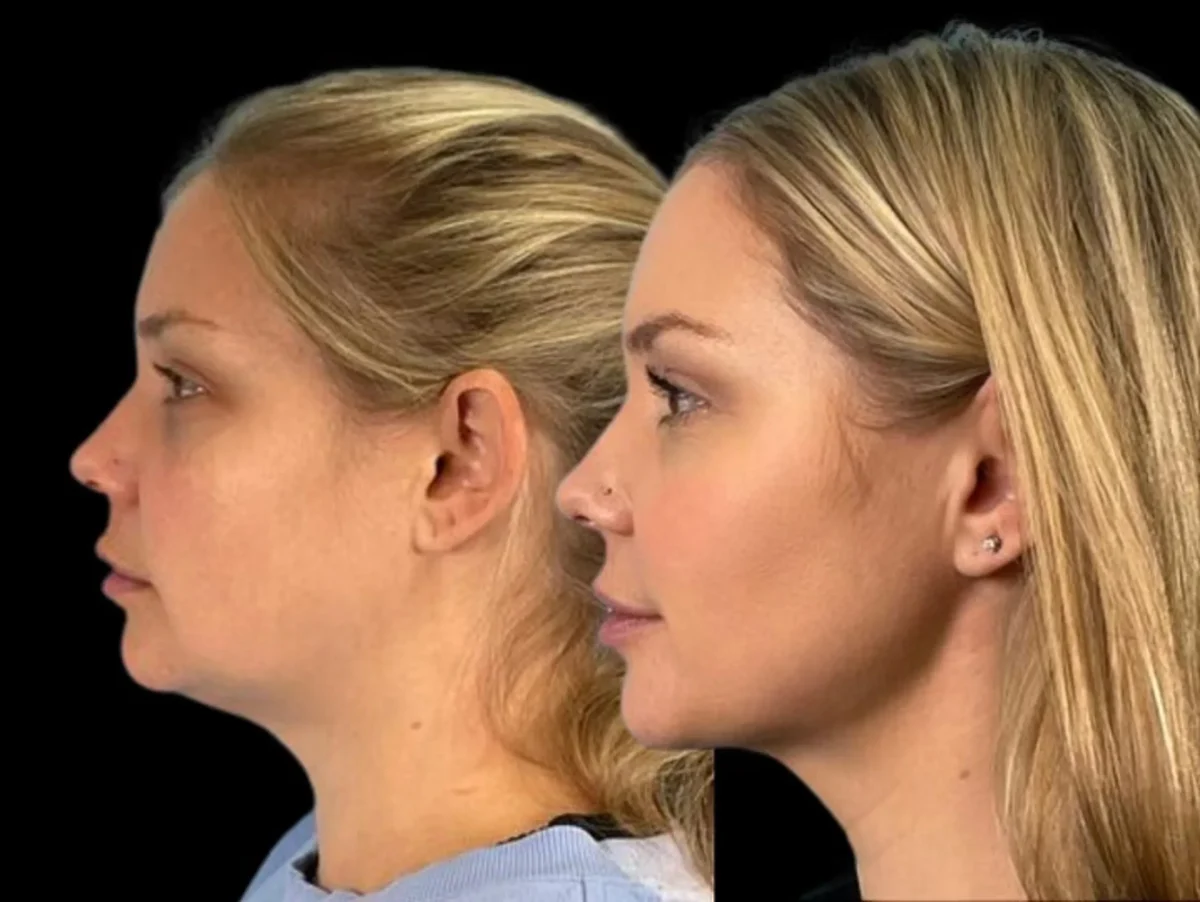The Brazilian butt lift − a popular and controversial cosmetic procedure − has inspired a new plastic surgery term, though doctors say the procedure it describes isn’t all that new.
That term is the “face BBL.” Trademarked by plastic surgeon Dr. Benjamin Caughlin, the buzzy name describes fat transfers to the face, a cosmetic procedure that’s long been used to boost volume and is experiencing a resurgence amid the “undetectable era” of plastic surgery.
Plastic surgeons say that, in an effort to have work done that looks natural and understated, more people are turning to facial fat transfers, or “face BBLs,” over fillers, which are easy to overdo and require more maintenance.
“It’s just taking fat out from one portion of the face, putting fat in another portion of the face,” Caughlin says of the procedure. “It’s really to create these peaks and valleys within the face.”
What is a ‘face BBL’?
Like a normal BBL, in which a surgeon contours certain portions of the butt, Caughlin says a face BBL involves rearranging facial fat to contour the face.
Using this method, Caughlin says, he can give a face the appearance of sharper cheek bones and a more defined jaw. If he doesn’t have enough facial fat to work with, he can also pull additional fat from other areas of the body, like the abdomen.
Caughlin says his face BBLs cost around $15,000, not counting other procedures a client may want done alongside them.
Dr. Anthony Rossi, a dermatologist and surgeon who hosts the podcast “Give Good Face: Clean Clinical Science,” says fat transfers have long been used for cosmetic purposes, though they’re receiving more attention thanks to this new name, inspired by the celebrity-driven Brazilian butt lift trend.
Rossi says renewed interest in facial fat transfers also stems from “filler fatigue.” Injectable fillers, he says, are commonly used to add volume to the face but require more upkeep than face BBLs do.
Face BBLs are also more versatile than fillers, he says, which can only add volume, but not subtract or rearrange it.
For better or worse, face BBLs are also more permanent than fillers. The upside of this is that they’re easier to maintain; the downside, however, is they’re harder to reverse. This can be problematic when a face BBL doesn’t turn out as expected, which unfortunately happens.
“Fat transfer is not without risks,” says Dr. Sean Alemi, a facial plastic and reconstructive surgeon. “In fact, it can be extremely unpredictable with the way that it behaves once it’s injected into the face.”
What the ‘face BBL’ means for the future of plastic surgery
When it comes to those seeking cosmetic treatments, dermatologists say people tend to fall into one of two camps: Those who want as natural a look as possible, as if they didn’t have any work done at all, and those who want drastic, noticeable changes.
In recent years, however, it’s become more in vogue for people to want plastic surgery that’s subtle and understated, a trend TikTokers have dubbed the “undetectable era” of plastic surgery.
Doctors say the “undetectable era” has driven people to seek out alternatives to fillers. This is because fillers are commonly overdone, and, as a result, many people now associate them with an aesthetic that looks forced and unnatural − the opposite of what’s popular.
Caughlin says he’s performed face BBLs for the past decade but only started calling them such a couple of years ago. He says they’re equally popular among his male and female patients, with 40% of his face BBL inquiries coming from men.
“It’s crazy,” he says. “These Gen-Z guys are all about it.”
Caughlin attributes this to the pressures of social media as well as more acceptance of men caring about their looks. He also thinks the mainstreaming of Ozempic and other weight-loss medications has driven people to want to look leaner and more contoured overall.










